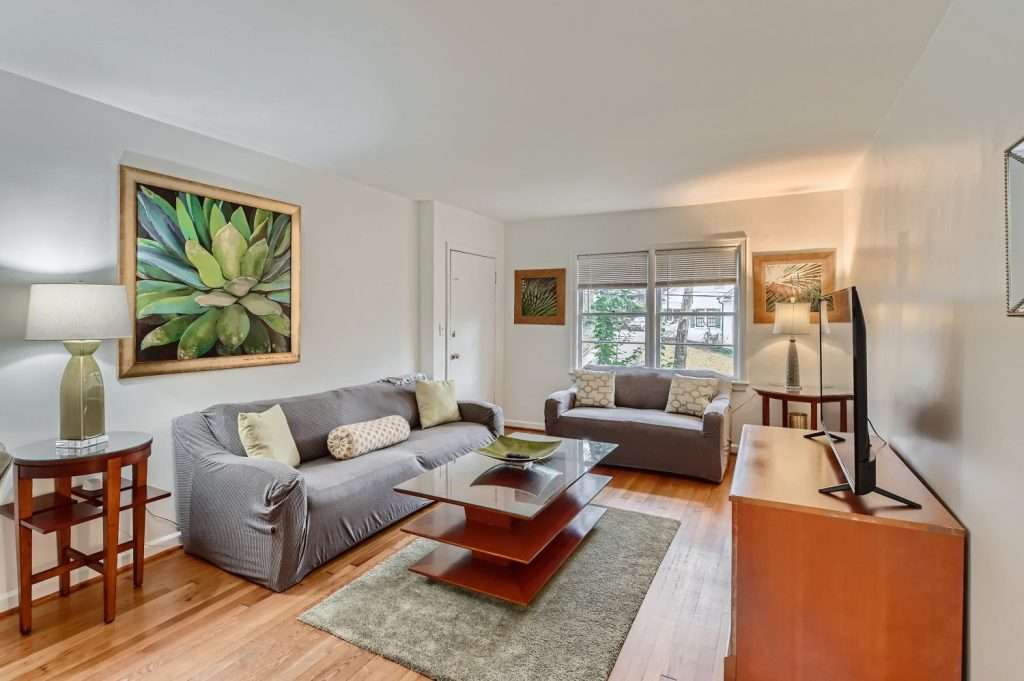LGBT Sober Living Homes: Sober Living for the LGBTQIA Community

While addiction affects people from all walks of life, it often hits particularly hard within the LGBTQIA community. Creekside Recovery Residences provides LGBT sober living homes that allow people to feel comfortable and ready to work on their sobriety. We offer recovery coaching, medication management, case management, and access to mental health services. When you […]
How Much Does Sober Living Cost?

Have you heard of sober living homes but don’t know much about them? One of the first questions people ask is “How much does sober living cost?” In many cases, it’s comparable to what a person would pay for a similar home or apartment in the same type of attractive neighborhood. Along with that, many […]
Sober Living Daily Schedule: What Happens During Sober Living?

Are you ready to tackle your addiction to drugs and alcohol but aren’t sure where to start? Maybe you’ve committed to a detox or inpatient plan but want follow-up care that keeps you focused on knowing how to avoid relapse. If so, a sober living house may be what you need. The idea of living […]


